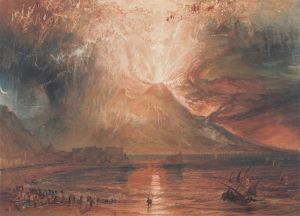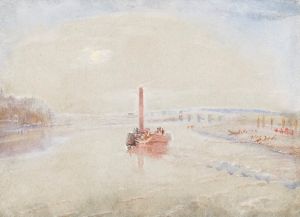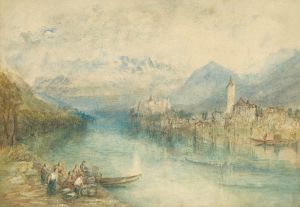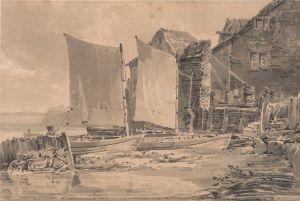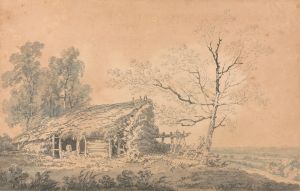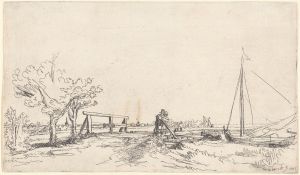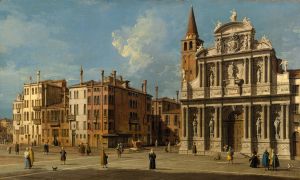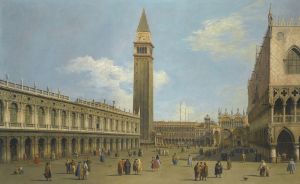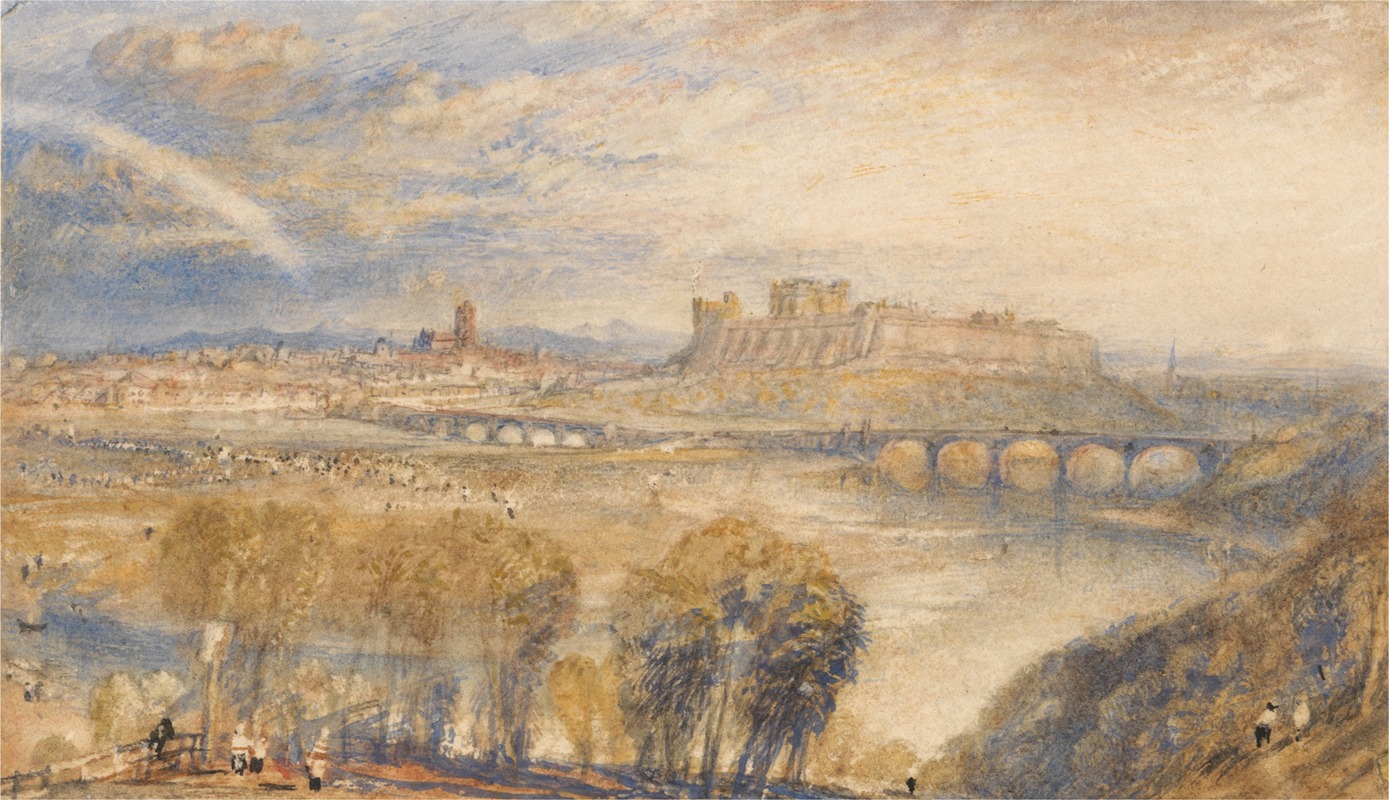
Carlisle
A hand-painted replica of Joseph Mallord William Turner’s masterpiece Carlisle, meticulously crafted by professional artists to capture the true essence of the original. Each piece is created with museum-quality canvas and rare mineral pigments, carefully painted by experienced artists with delicate brushstrokes and rich, layered colors to perfectly recreate the texture of the original artwork. Unlike machine-printed reproductions, this hand-painted version brings the painting to life, infused with the artist’s emotions and skill in every stroke. Whether for personal collection or home decoration, it instantly elevates the artistic atmosphere of any space.
Joseph Mallord William Turner, an eminent British artist known for his expressive colorization, imaginative landscapes, and turbulent marine paintings, created a work titled "Carlisle." Turner, who lived from 1775 to 1851, was a key figure in the Romantic movement and is often regarded as a precursor to Impressionism. His works are celebrated for their innovative use of light and color, which often evoke a sense of the sublime.
"Carlisle" is one of Turner's many works that capture the essence of a specific location. Turner had a profound interest in the British landscape and frequently traveled across the country, sketching and painting various scenes. Carlisle, a historic city in Cumbria, England, is known for its rich history, including its Roman and medieval heritage. It is likely that Turner's depiction of Carlisle would have been inspired by the city's significant landmarks, such as Carlisle Castle, Carlisle Cathedral, or the surrounding picturesque landscapes.
Turner's technique often involved creating preliminary sketches and watercolors on location, which he would later develop into more detailed oil paintings in his studio. His approach was characterized by a focus on atmospheric effects and the interplay of light and shadow, which he achieved through layers of translucent glazes and a dynamic brushwork style. This method allowed Turner to convey the mood and atmosphere of a place rather than just its topographical details.
While specific details about the painting "Carlisle" by Turner are limited, it is consistent with his broader body of work that he would have aimed to capture the unique qualities of the city and its environment. Turner's ability to evoke emotion through his landscapes often resulted in works that transcend mere representation, inviting viewers to experience the scene on a more visceral level.
Turner's legacy is marked by his influence on later generations of artists, particularly the Impressionists, who admired his innovative use of color and light. His works are housed in major collections around the world, including the Tate Britain in London, which holds the largest collection of Turner's works. The Turner Bequest, left to the British nation upon his death, includes a vast array of his paintings, drawings, and sketchbooks, providing invaluable insight into his artistic process and development.
In summary, while specific information about the painting "Carlisle" by J.M.W. Turner is scarce, it can be understood within the context of Turner's broader oeuvre and his fascination with capturing the essence of the British landscape. Turner's work continues to be celebrated for its emotional depth and technical innovation, securing his place as one of the most important figures in the history of Western art.







